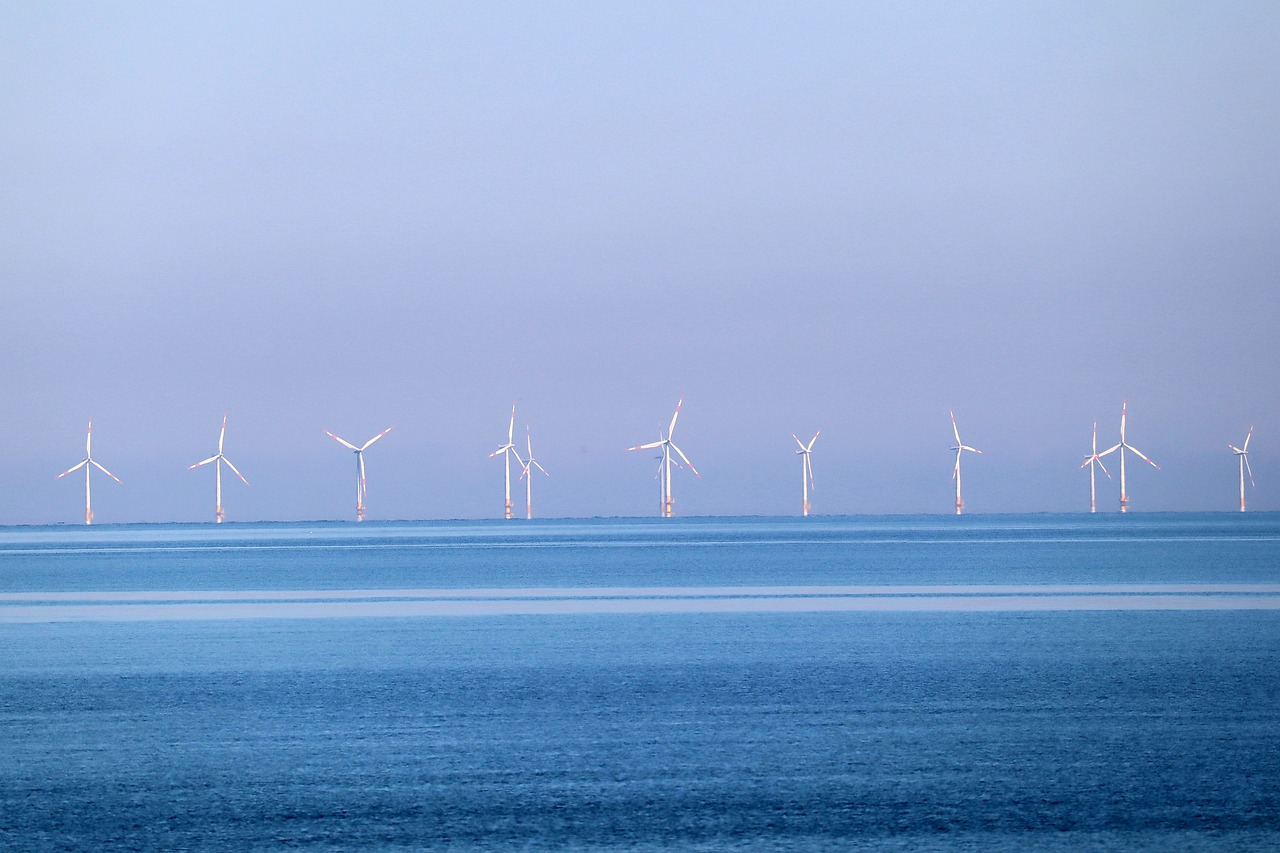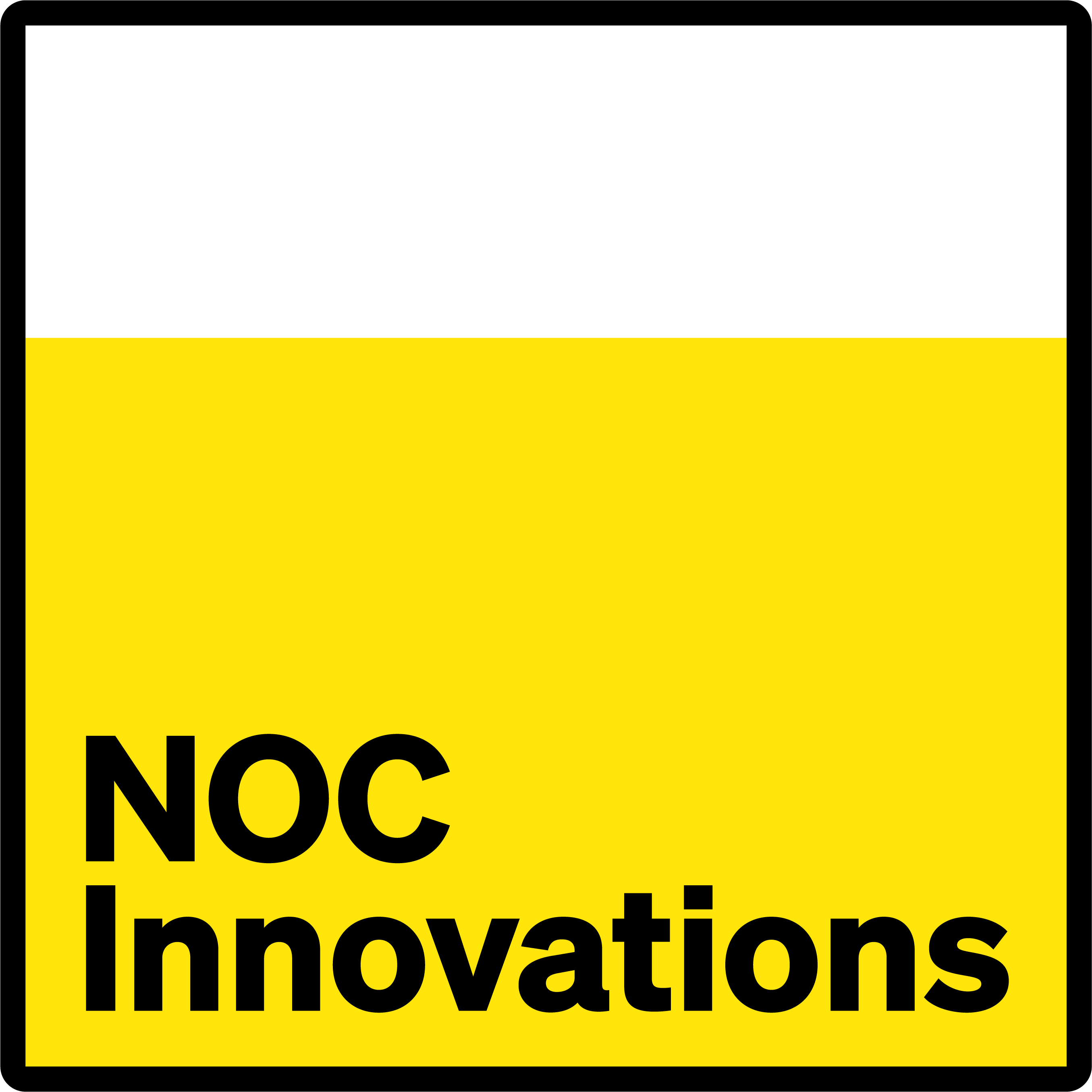Project Update: Energy Hub Planning Tool
Recently, the work of our Net Zero Operations Lead, Dr. Ciprian Zavoianu, and Net Zero Research Fellows, Dr. Lee Christie and Dr. Atakan Sahin was featured at the 18th International Conference on Parallel Problem Solving From Nature (PPSN 2024) in Hagenberg, Austria. Here, Atakan presented the accepted paper ‘On the Multi-Objective Optimization of Wind Farm Cable Layouts with Regard to Cost and Robustness’ during a Poster Session’.
In this article, we take a closer look at his research and specifically the Energy Hub Planning Tool.
What is the Energy Hub Planning Tool?
The Energy Hub Planning Tool is a key component of the Data for Net Zero (D4NZ) project, funded by the Scottish Government through the NZTC to transform the North Sea energy system. Its goal is to develop a digital framework for decision-makers by integrating multi-scale energy system modelling with a geographical planning tool. This tool will illustrate trade-offs for various optimisation challenges within the energy network design space.
Initially, the Energy Hub Planning Tool will focus on a specific group of offshore and onshore energy assets and networks. These assets, due to their geographic proximity and operational connectivity, are well-suited for the first phase of implementation. Insights gained from this phase will be expanded to cover the entire energy basin.
Energy System Modelling (ESM): Optimising the Future of Energy
Energy System Modelling (ESM) involves the simulation and optimisation of energy flows from a variety of sources, such as wind farms, solar arrays, hydroelectric dams, and conventional fossil fuel plants. The primary objective is to ensure that these diverse energy sources operate in an integrated and efficient manner, balancing supply and demand to maintain a stable and reliable energy network.
ESM helps navigate the complexities of varying energy demand and the intermittent nature of renewable energy sources. By simulating different scenarios, these models identify optimal strategies for managing energy generation, storage, and distribution. This process is essential for creating systems that are both efficient and resilient.
From large-scale national grids to localised microgrids, ESM is a critical tool for predicting system performance, informing energy policies, and guiding investment decisions. It plays a key role in the transition to sustainable energy systems, ensuring that current energy needs are met while safeguarding the resources necessary for future generations.
What is the National Subsea Centre’s involvement in ESM?
Energy System Modelling (ESM) encompasses a broad range of resolutions, varying by timescale, regional scope, technological and economic details, and sectoral integration. At the National Subsea Centre (NSC), the Net Zero Operations team undertake grid modelling scenarios with requirements ranging from large-scale energy planning to more localised, region-specific analysis. The NSC specialises in simulating and optimising energy grids to meet multiple objectives, such as balancing energy from diverse vectors and sources, reducing carbon intensity, and optimising costs, including both CAPEX (Capital Expenditures) and OPEX (Operational Expenditures).
The NSC grid modelling capability goes beyond demand-supply analyses; it helps identify optimal locations and capacities for new technology investments through advanced topology optimisation studies. This capability is particularly valuable for decision-makers and policymakers, as it allows them to benefit from a range of solutions identified via global optimisation techniques. The NSC team’s expertise enables to explore optimal strategies for integrating new technologies into existing grids, ensuring efficient, sustainable, and cost-effective energy transmission and distribution.
Furthermore, the team’s approach considers the dynamic interactions between different energy sectors, including emerging technologies such as hydrogen and integrated energy hubs. By incorporating hydrogen production, storage, and usage into its models, the team are able to assess its role as a key energy vector in decarbonising various sectors and enhancing grid flexibility. Energy hubs—where multiple energy carriers like electricity, hydrogen, and heat are managed together—are another area of focus. These hubs optimise the flow of energy between sectors, promoting cross-sectoral efficiency and sustainability.
Diving into the Details: Regional Specifics
On the regional front, the NSC is advancing its capabilities in wind farm modelling. Here’s what the Net Zero Operations team are currently working on:
Cabling Optimisation Techniques: The team have developed advanced techniques for designing the electrical cable layouts within wind farms. This involves strategically planning cable routes to minimise costs and maximise topological robustness, ensuring that the energy generated by turbines is transmitted effectively.
Turbine Layout Optimisation: The team are also focusing on optimising turbine layouts, incorporating wake modelling into the process. This involves understanding how wind behaves as it flows through and around turbines. By carefully positioning each turbine to minimise the wake effect—the turbulence created by other turbines—the team can maximise energy capture, manage asset maintenance requirements and improve overall farm efficiency.
The goal is to integrate these layout planning frameworks with ESM. By doing so, the team aim to create a more holistic modelling approach that can offer insights on how to enhance both the operational efficiency of wind farms and the broader energy network they feed into.
Engaging with Project Stakeholders for Model Validation and Technology Integration
The Net Zero Operations team are actively seeking project stakeholders interested in modelling the optimal integration of new energy technologies. For example, in the coming months, the team will be collaborating with D4NZ sister projects under the wider NZTC Net Zero Technology Transition Programme to construct computational models that can support the development of envisioned Scottish hydrogen hubs. One of the key challenges in advancing the topology optimisation tools is the availability of reliable case studies and access to necessary data. As such, the team would welcome collaboration opportunities in this space, as they would aid in the efforts to creating innovative and effective solutions that support the energy transition.
To discover more about how our Net Zero Operations team are solving real-world problems, view our dedicated Net Zero Operations webpage or Projects page.








